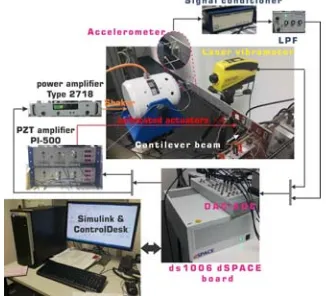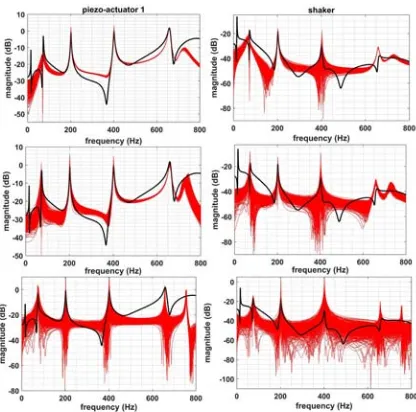Frequency Domain Subspace Identification of Multivariable Dynamical Systems for Robust Control Design
Full text
Figure




Related documents
Under the de minimis provision, developed countries are allowed to use other subsidies with an aggregate value of up to 5 percent of the total value of domestic
AP-IV.3. Which imaging modalities are recommended in suspected pancreatic necrosis and when?. If the clinical presentation of the child suggests necrosis, contrast-enhanced abdominal
When debugging an assembler file, a (true) STEP OVER a CALL instruction that executes the CALL’ed function at full device speed (regardless of where the source of the CALL’ed
The billing provider’s information must be contained in loop 2010AA, the pay to provider information must be contained in loop 2010AB, the attending physician name must be
Beyond the question of whether knowledge should mainly include scientific and technical knowledge or whether a wider conception of knowledge (including other types of knowledge)
Providing internet & intranet service for all university’s departments, centers and other university’s formations 30 wireless network nodes distributed around the
Figure 2 shows that all types of com- munity colleges — rural, suburban, and urban — are predicted by state-level community college leaders to face great fiscal strain.. More
58 yo female with multiple risk factors presents to the PCP office and is seen by the PA for R sided weakness. Patient described as having no focal weakness but as not
